General Info – summary
This dioecious Tree has a trunk up to 13m x 50cm. Pinnately compound leaves are up to 2,5m long. Leaflets are up to 25cm long and toothed on both sides. The basal leaflets are much reduced and become spiny. Male Cones produce motile sperm. 1-4 larger Female Cones may reach up to 40 x 15cm, each with a mass of up to 36kg. They produce large, orange to red, naked seeds with copious endosperm.
Description
Encephalartos transvenosus
SA Tree No. 13.
Common names: (Afr) Broodboom, Modjadje-broodboom, Modjadje-palm, Modjadjibroodboom. (Eng) Cycad, Modjadje Cycad, Modjadji Palm. (Northern Sotho) Mofaka. (Tshivenda) Mutondolo, Tshifhanga, Tshitondolo.
Family: Zamiaceae. This family is part of the major group: Gymnosperms. Zamiaceae are usually cone-bearing plants producing naked seeds and include Ginkgo (in China), Cycads, Conifers (e.g., pine trees) and Gnetophytes: e.g., the unique Welwitschia mirabilis (tweeblaarkanniedood) found in the deserts of western Namibia and southern Angola). Members of the gymnosperm family Zamiaceae have no flowers or fruit. This family has 8+ genera, including the Genus Encephalartos, which contains all species of cycads.
Name derivation: Encephalartos – within-head-bread: referring to the starchy bread that can be made from the pith of the inner trunk. transvenosus – describes its tiny transverse veins between the main parallel veins on each leaflet. All cycads fall into the genus Encephalartos, which includes some of the most primitive living Gymnosperms. Species of Encephalartos (Cycads) are only superficially palm or fern like and are usually unbranched. The African plants in the genus Encephalartos include about 66 species and 35+ species occur in southern Africa.
Conservation: National Status: L C. (Least Concern). Assessment Date: 2009. (J.S. Donaldson). However, the population is decreasing in places.
Tree
The Stem (main axis of the plant, the leaf and flower bearing as distinguished from the root-bearing axis) of this woody, almost palm-like Tree is usually 5-8m (photo 288) high but may reach 13m. This is one of the tallest cycads. The usually straight Trunk may have a diameter of up to half a meter with a large Pith (usually continuous central strand of spongy tissue in the stems of most vascular that usually functions for storage). The trunk is clearly marked in the typical netted pattern due to leaf scars (photo 270) that remain on the trunk. The cycad tap Root is usually soon replaced by lateral roots, which become woody. Those trees growing in the shade usually have thinner trunks (photo 281) than those subjected to full sun (photo 279). Dormant buds may be visible on the trunk (photo 274).
- 279. 2014/09/06 Modjadji NR. Photo: David Becking.
- 281. 2014/09/06 Modjadji NR. Photo: David Becking.
- 288. 2014/09/06 Modjadji NR. Photo: David Becking.
- 277. 2014/09/06 Modjadji NR. Photo: David Becking.
- 280. 2014/09/06 Modjadji NR. Photo: David Becking.
- 284. 2014/09/06 Modjadji NR. Photo: David Becking.
- 270. 2014/09/06 Modjadji NR. Photo: David Becking.
- 274. 2014/09/06 Modjadji NR. Photo: David Becking.
Leaves
Cycads are unique Gymnosperms with evergreen, pinnately compound Leaves (leaflets arranged along either side of the leaf Rachis – the extension of the petiole – leaf base of a compound leaf that bears the leaflets, like a feather– photo 277 under Tree). Leaves are persistent (lasting longer than a year). Unlike other members of the family Zamiaceae, the cycads have Leaflets that lack a central Midrib (vein). The hard leaflets do not bend easily, and the Veins are parallel (photos 964 & 773). Stomata (structure utilising 2 guard cells that, unlike lenticels, can control gaseous exchange) are present on the lower surface and may occur above. When the leaves fall the Petioles (leaf stalks) initially remain. They eventually fall leaving only scars on the stem (photo 285). The variation in scar sizes can be used to determine recent past weather conditions (the oldest scars occur at the base of the stem.
On this tree, the older leaflets are often reflexed (of leaves that are bent or curved backward or downward – photo 285 under Tree) along the rachis. The spread of the Crown of leaves on the trunk is up to 5m. Initially leaves are light green and have fine brown hairs. They become glossy and dark green with a yellow rachis (photo 332). The leaves are up to 2,5m long. The central Leaflets are the biggest (up to 25cm long) and are broader (up to 4cm) than those of E. paucidentatus. Modjadji cycad leaflets are usually toothed on one or both sides of the Margin (photos 964 & 332). Near the Base of the leaf, the leaflets decrease in size and are finally reduced to spines (photo 273).
- 964. 2014/10/14 Walter Sisulu NBG. Photo: David Becking.
- 332. 2014/09/06. Modjadji NR. Photo: David Becking.
- 273. 2014/09/06. Modjadji NR. Photo: David Becking.
- 773. 2017/11/07 Walter Sisulu NBG. Photo: David Becking.
- 285. 2014/09/06 Modjadji nature reserve. Photo: David Becking..
Cones
Gymnosperms have unenclosed or naked seeds. They have no flowers or fruit, and the seeds are often contained in cones. In the Angiosperms (flowering plants), the ovary encloses the seeds. In the Gymnosperms, there are 2 modes of fertilization. In all the Cycads (including Encephalartos) and the single extant (not extinct) species of Ginkgo biloba (in china), the male cones produce motile sperm. The remaining members of the Gymnosperms all have non-motile sperm with no flagella that are moved along with a Pollen tube to the egg. Most gymnosperms, and all cycads produce Cones, not flowers. Cycads are Dioecious (having male and female cones on separate plants – photos 324 – male & 269 – female). These cones develop in the centre of the leaf whorls. All species of cycads produce Motile Sperm, which do not move along a pollen tube. At maturity, Seeds are released when the Female cones disintegrate. All seeds produce carcinogenic and neurotoxic glycosides (cycasins). These are poisonous to mammals.
In Encephalartos transvenosus the Male cones are up to 40 x 15cm, and after releasing pollen, become dark brown to grey (photos 324 & 330). Male cone scales are densely packed in many spiral rows (photo 321), terminating in an apex initially covered with brown hairs. Pollen cells are in dense clusters on the lower surface of the cone scales. The pollen production area appears to be on the upper surface because the cone is “hanging down” (photos 330). The Female tree has up to 4 stalked cones. Until seed dispersal, the stalked cones are tightly packed. These cones are golden yellow and huge. Each cone is up to 79 x 30cm and has a mass of 36+kg (photo 269). Here each scale develops 2 Ovules and ends with an enlarged shield-shaped head (photo 313). The tree is insect pollinated and beetles (Coleoptera) have been identified as the most common pollinators of cycads. The naked Seeds are about 5 x 2,5cm, with bright orange-red flesh surrounding the kernels. Copious endosperm (the starch and oil-containing tissue of many seeds; often referred to as the albumen) is present.
- 321. 2014/09/06 Modjadji NR. Photo: David Becking.
- 313. 2014/09/06 Modjadji NR. Photo: David Becking.
- 269. 2014/09/06 Modjadji NR Photo: David Becking..
- 324. 2014/09/06 Modjadji NR Photo: David Becking..
- 330. 2014/09/06 Modjadji NR. Photo: David Becking.
Distribution & Ecology
Cycads have Coralloid Roots that contain symbiotic cyanobacteria (blue-green algae) that fix atmospheric nitrogen. Through a process of complex biological pathways, the cyanobacteria convert atmospheric molecular nitrogen into compounds such as ammonia, and amino acids needed by the cycads.
Once the diet of prehistoric animals, this cycad is a survivor. It is Endemic (restricted to a particular geographic location) in South Africa. It grows in misty, frost-free, well-drained grassland and savannah at an altitude range between 600 and 1 000m. In this area, the rainfall exceeds 1 500mm per year. They grow well in full sun or in shade on forest margins and rocky slopes. Two examples are visible in Walter Sisulu Botanical Gardens – one at the tea garden. Modjadji cycads are also found in the Soutbansberg Mountains, and near Lydenburg (Mashishing). Porcupines ring-bark the trees and eat the fruit. This can become a serious problem. Larvae of the Leopard magpie moth (Zerenopsis lepida) consume young leaves on this and a number of other cycads. Snout beetles can consume seeds. Birds like trumpeter hornbills, louries, baboons and parrots collect and consume the soft tissue covering the seeds. The actual poisonous seed is discarded and thus dispersed.
Ethnobotany
Modjadji Nature Reserve located on the escarpment in Limpopo province – near Duiwelskloof in Limpopo Province is worth visiting. Braai facilities are available. The over 14 000 specimens form the biggest, single species, cycad forest, in the world. Walking downhill through this forest is like travelling far back in time. For centuries, the Rain queens of the Lobedu People, with the hereditary name Modjadji, have kept this species alive and protected. Both people and animals consume the stem pith (usually the soft spongy central area of the stem), and harvested pith can eventually made into bread. Handle the poisonous seeds with gloves. The tree grows relatively quickly for a cycad. Good drainage is important for these plants, as is a low frost environment. This plant transplants relatively easily, after removing the leaves. Plant trees in a well-drained, summer rainfall area and do not overwater in winter.
References
Coates Palgrave, M. 2002. Keith Coates Palgrave Trees of Southern Africa, edn 3. Struik, Cape Town.
Donaldson, J.S. 2009. Encephalartos transvenosus Stapf & Burtt Davy. National Assessment: Red List of South African Plants version 2020.1. Accessed on 2023/05/03.
Lawrence, G. H. M, 1951. Taxonomy of Vascular Plants, The Macmillan Company, New York. Tenth Printing 1965.
Palmer, E. & Pitman, N. 1972. Trees of southern Africa, Balkema, Amsterdam, Cape Town.
van Wyk, B. & van Wyk, P. 1997 Field guide to Trees of Southern Africa, Struik, Cape Town.
http://www.plantzafrica.com/plantefg/voteplant.php
http://cycadfriends.co.za/site/cycad-database/encephalartos/encephalartos-transvenosus/
https://en.wikipedia.org/wiki/Encephalartos_transvenosus
http://pza.sanbi.org/encephalartos-transvenosus
http://www.cycadpalm.com/encephalartos-transvenosus-br-modjaji-cycad–br-seed-grown-plants.html
http://biodiversityadvisor.sanbi.org/wp-content/uploads/sanbi-identify-it/plants/encephalartos.htm
http://www.theplantlist.org/browse/G/Zamiaceae/
https://www.diffen.com/difference/Angiosperms_vs_Gymnosperms

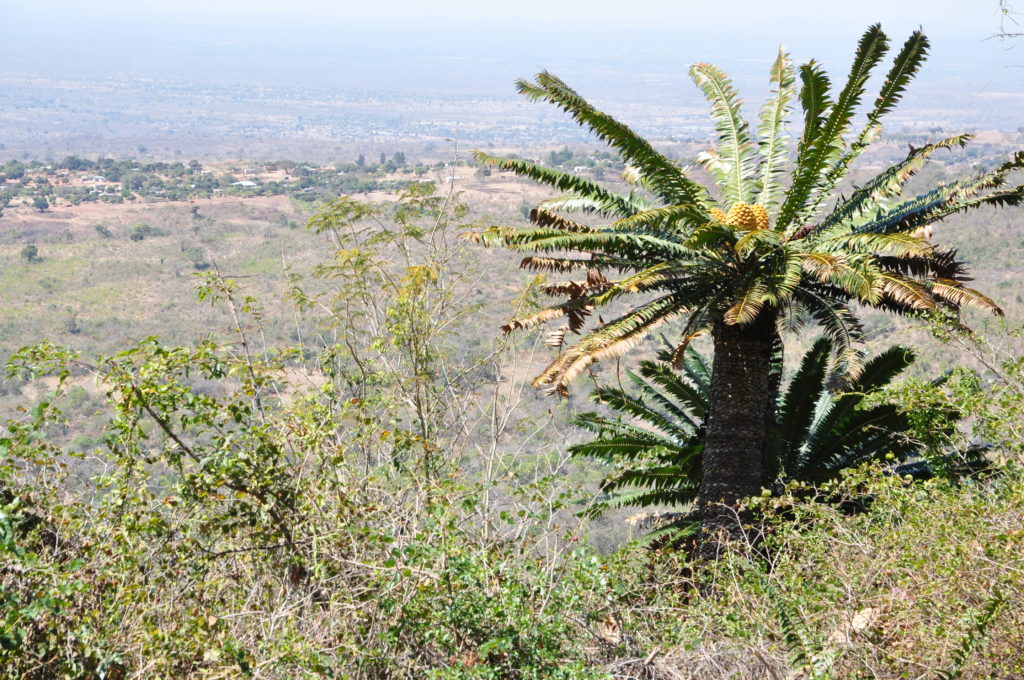
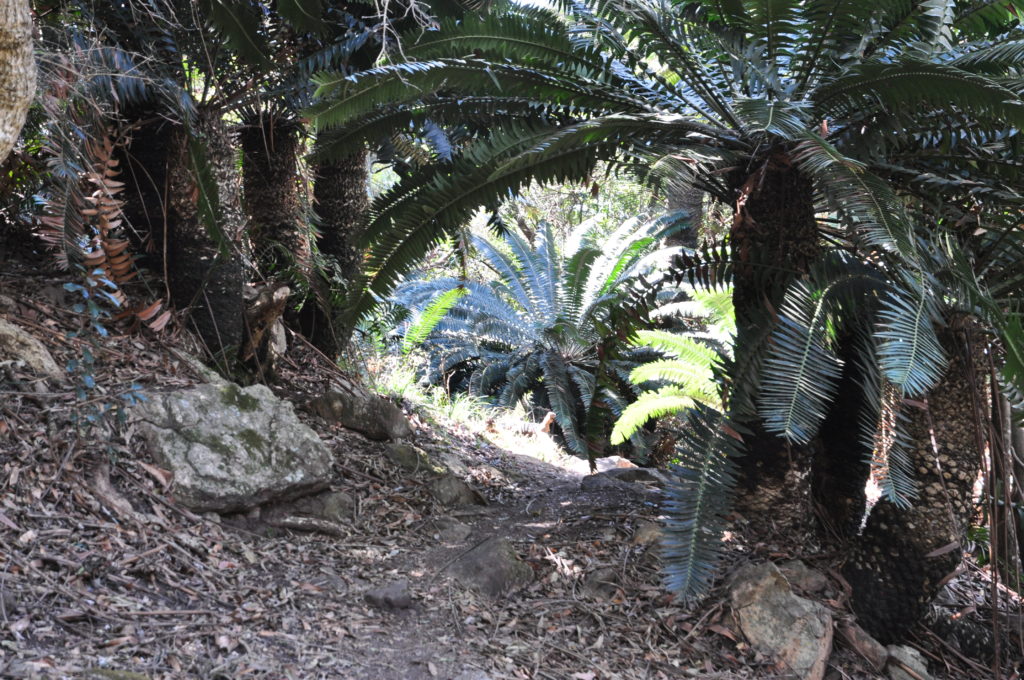
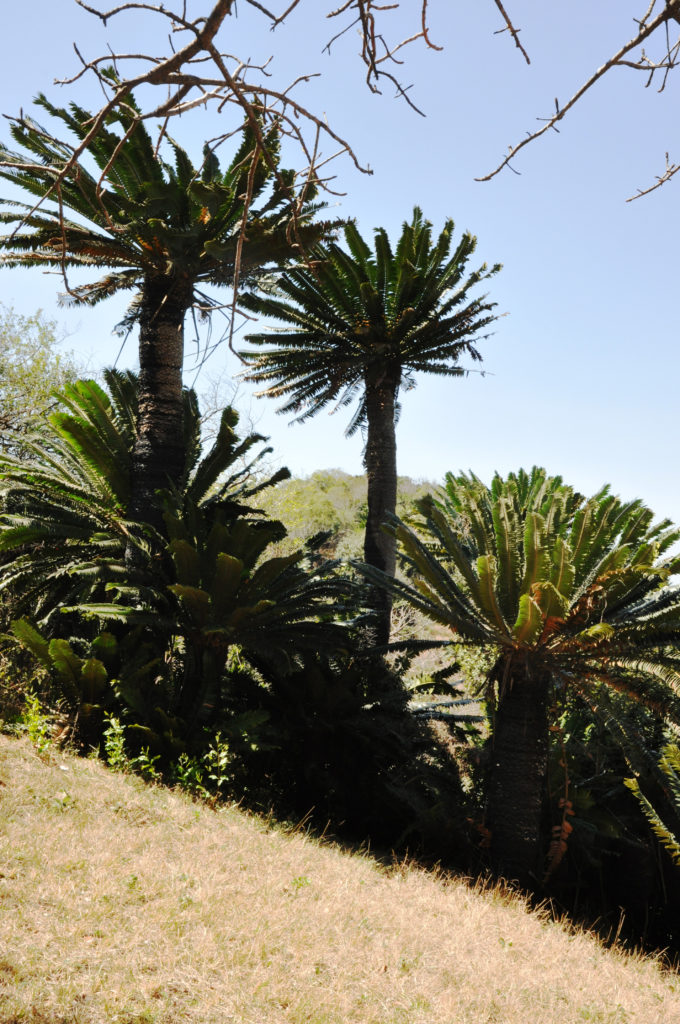
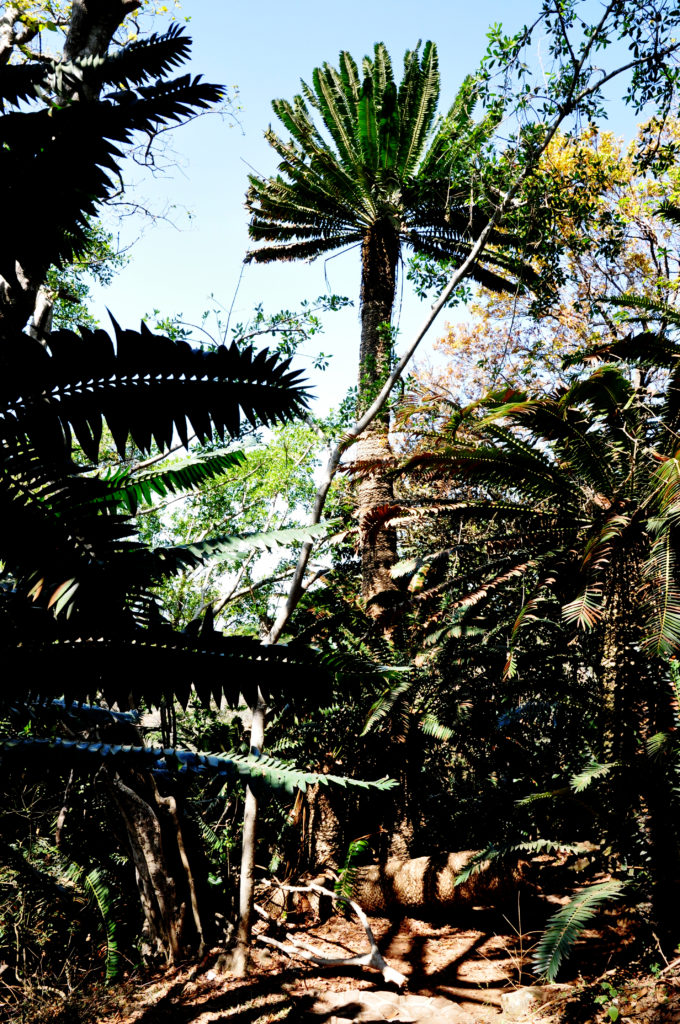
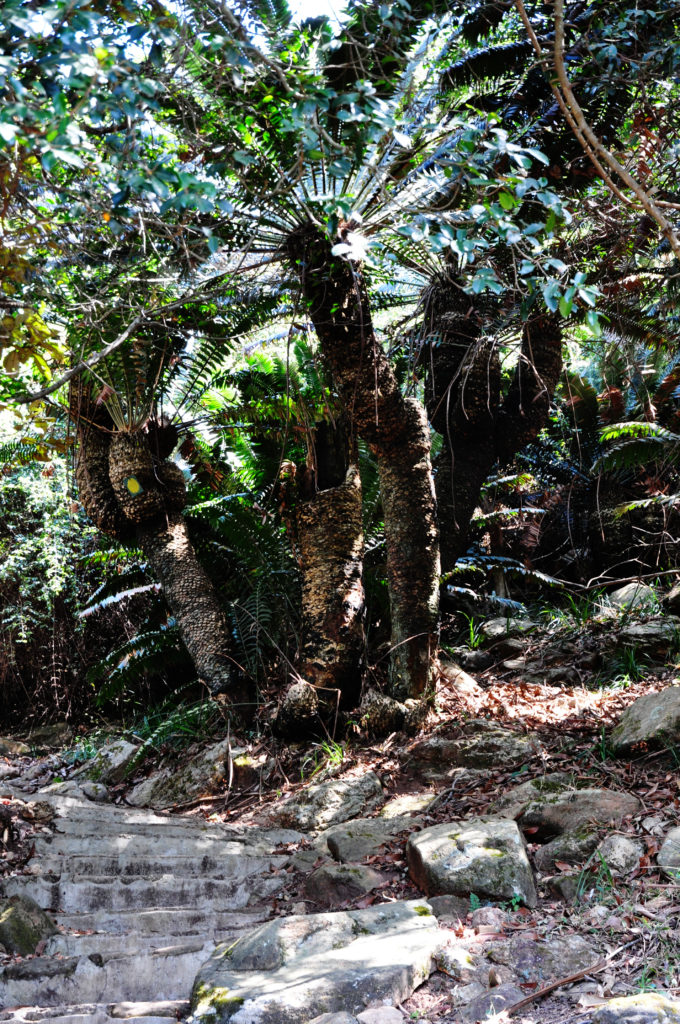
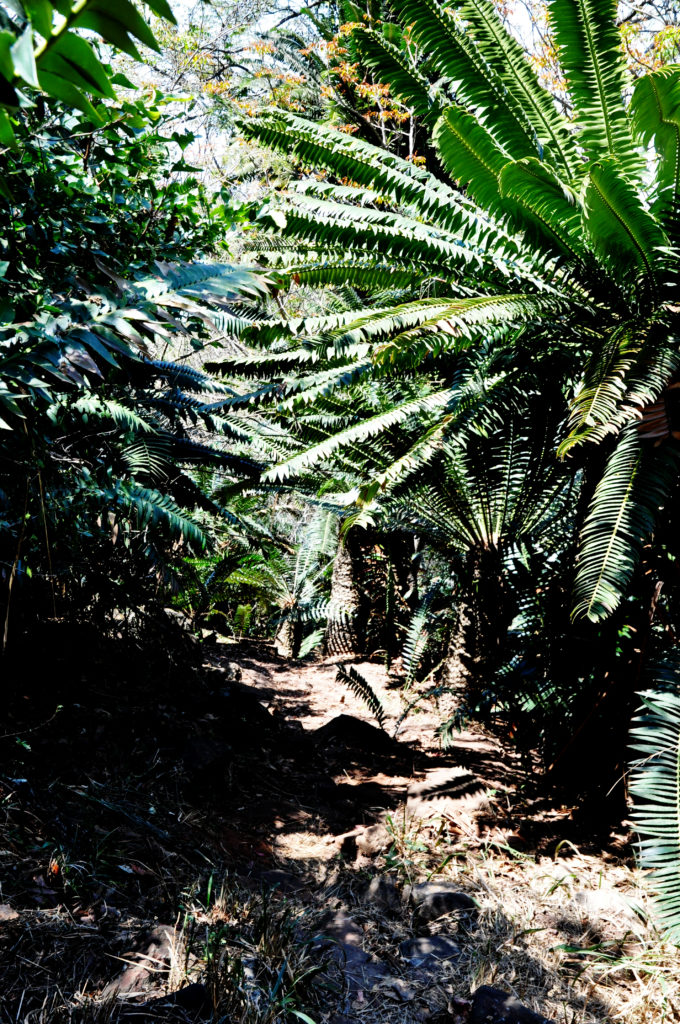
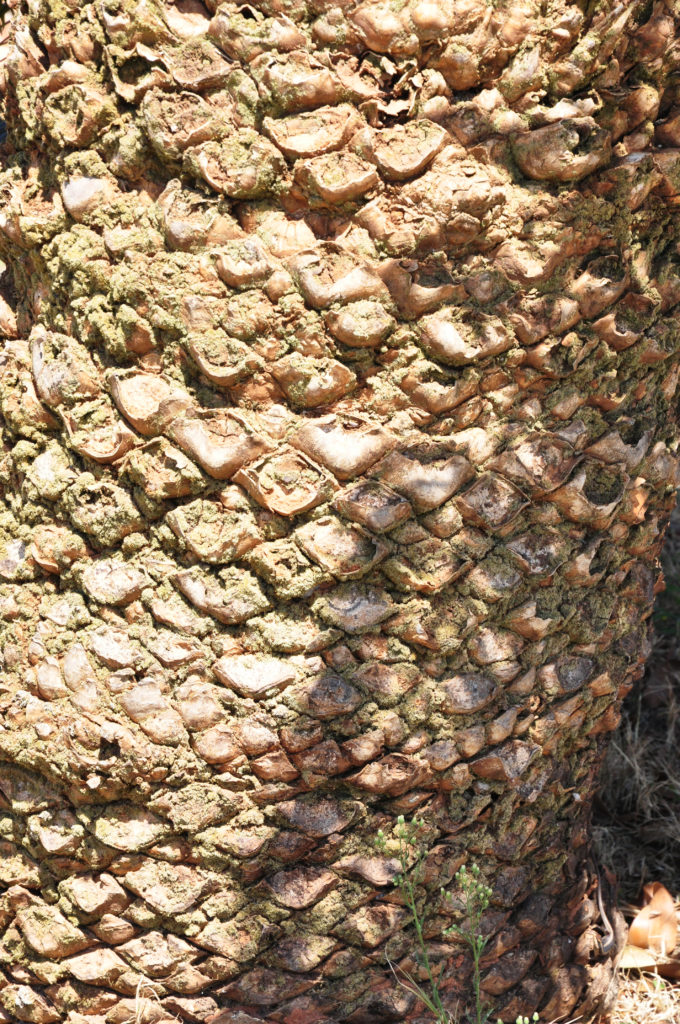
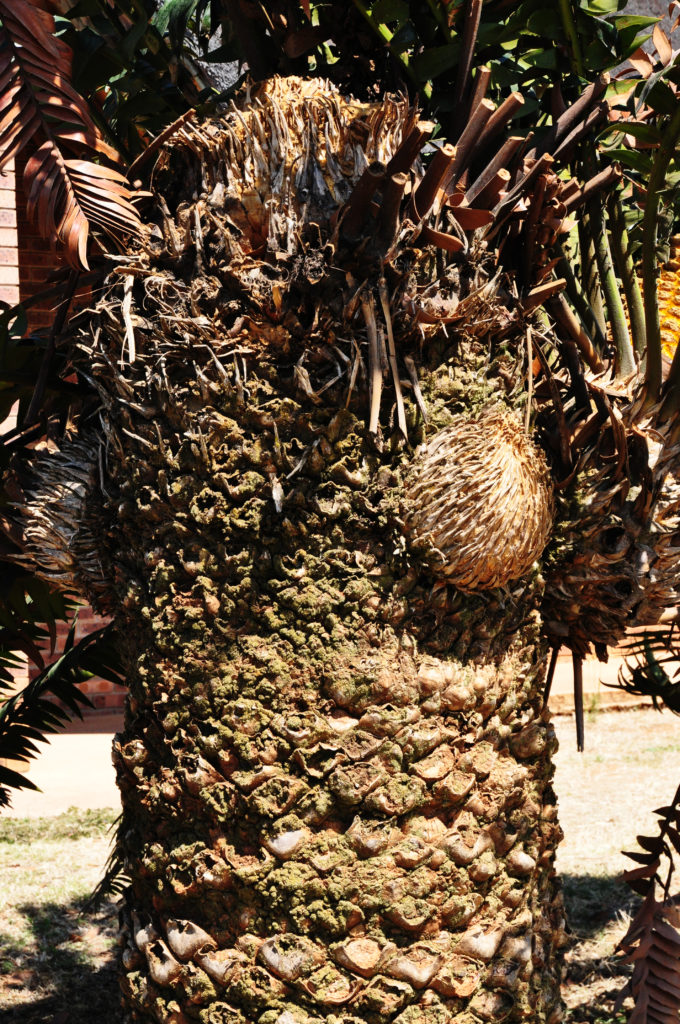
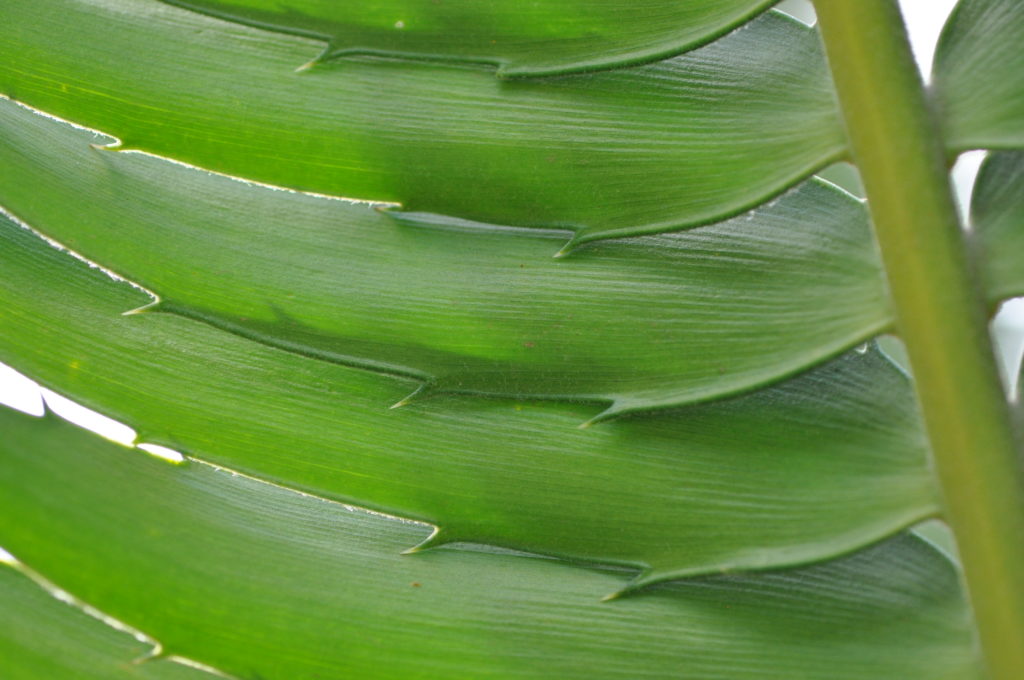
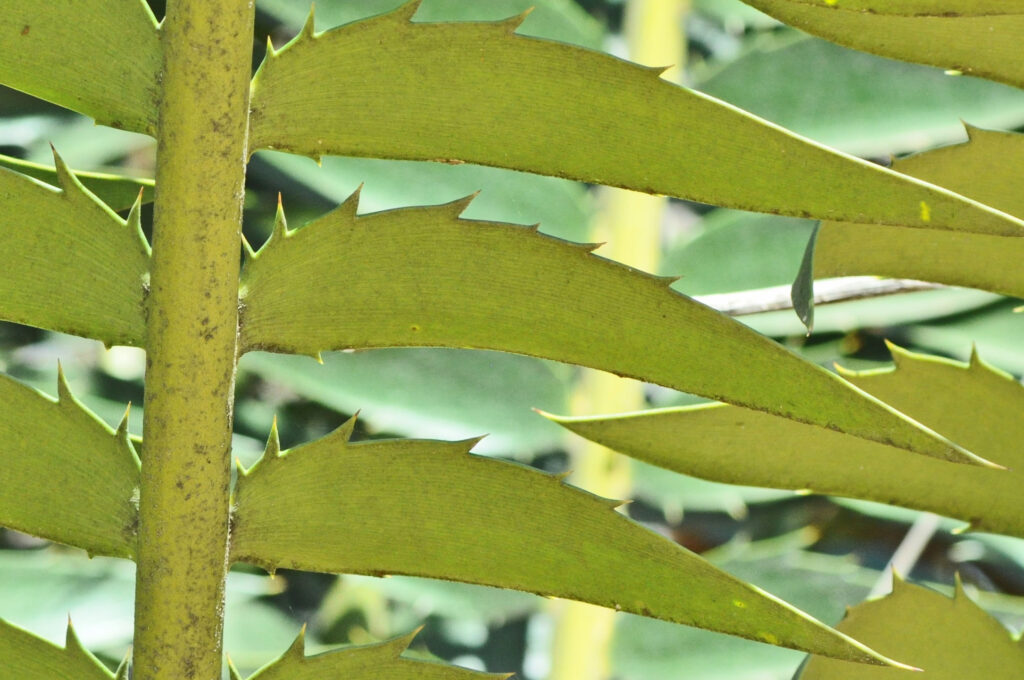
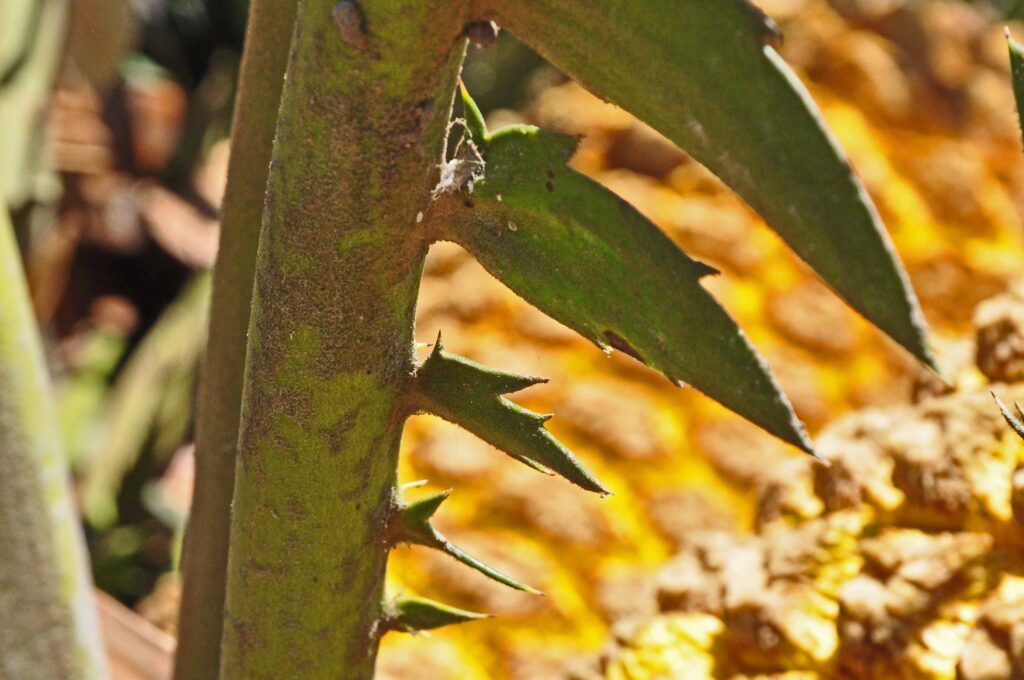
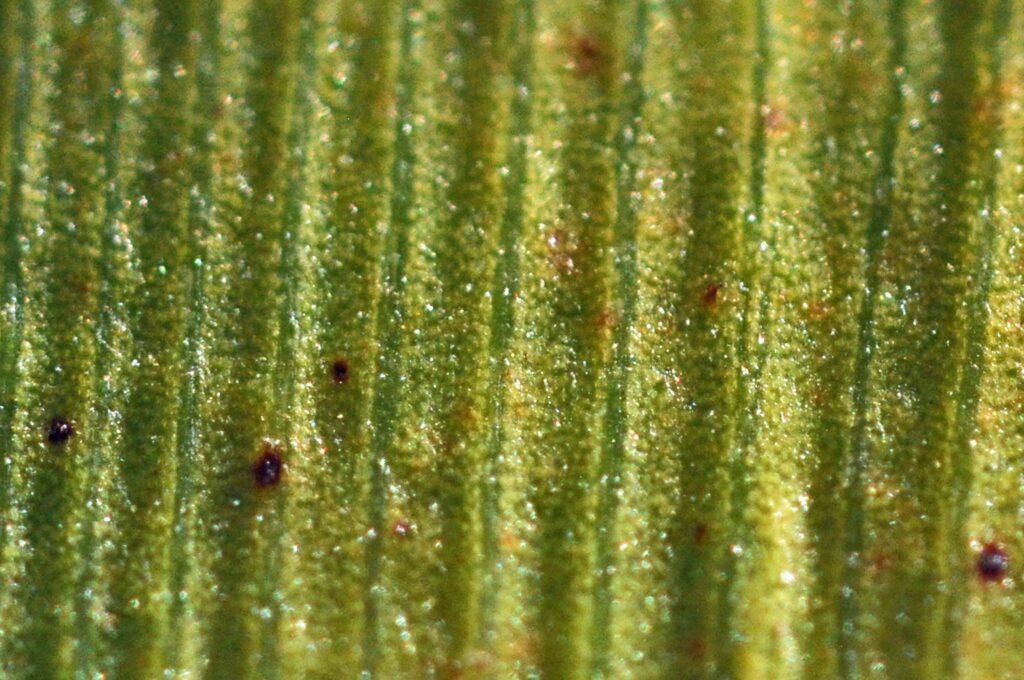
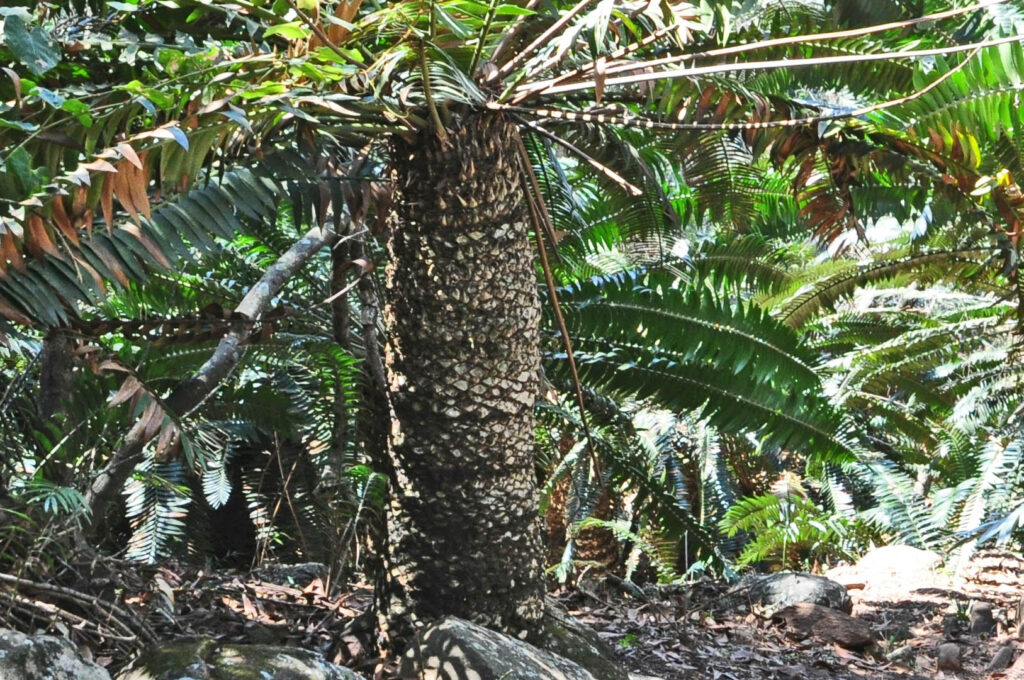
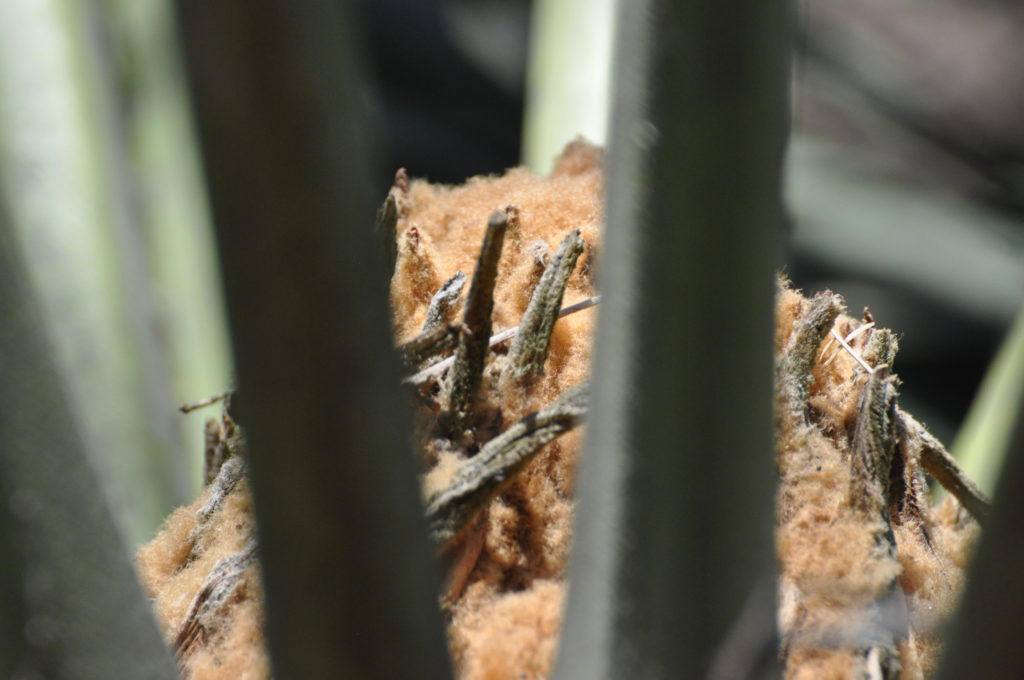
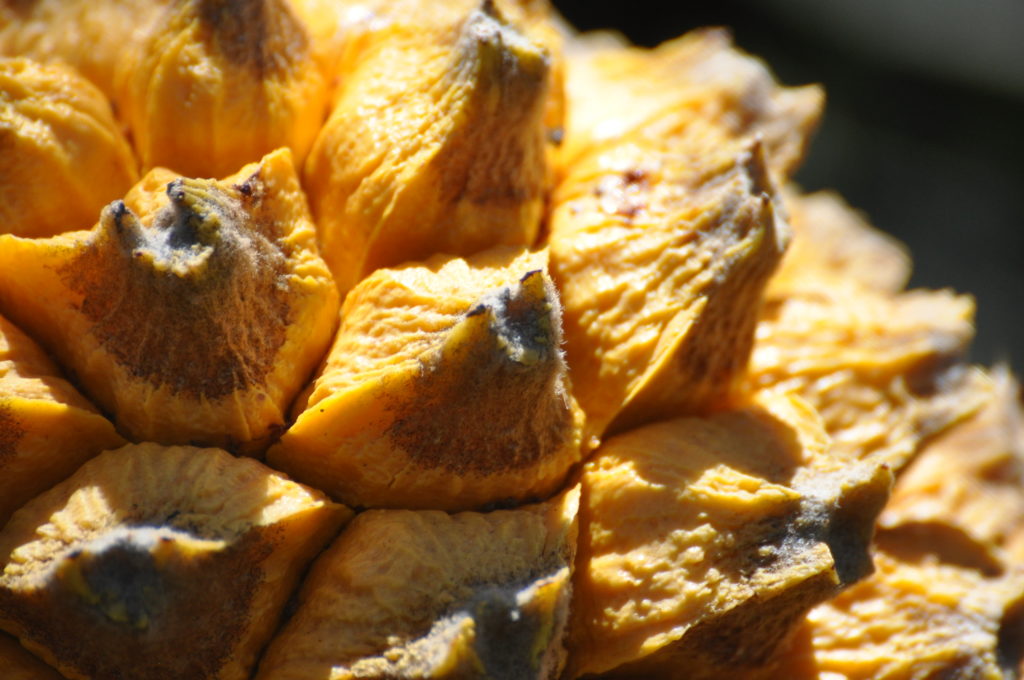
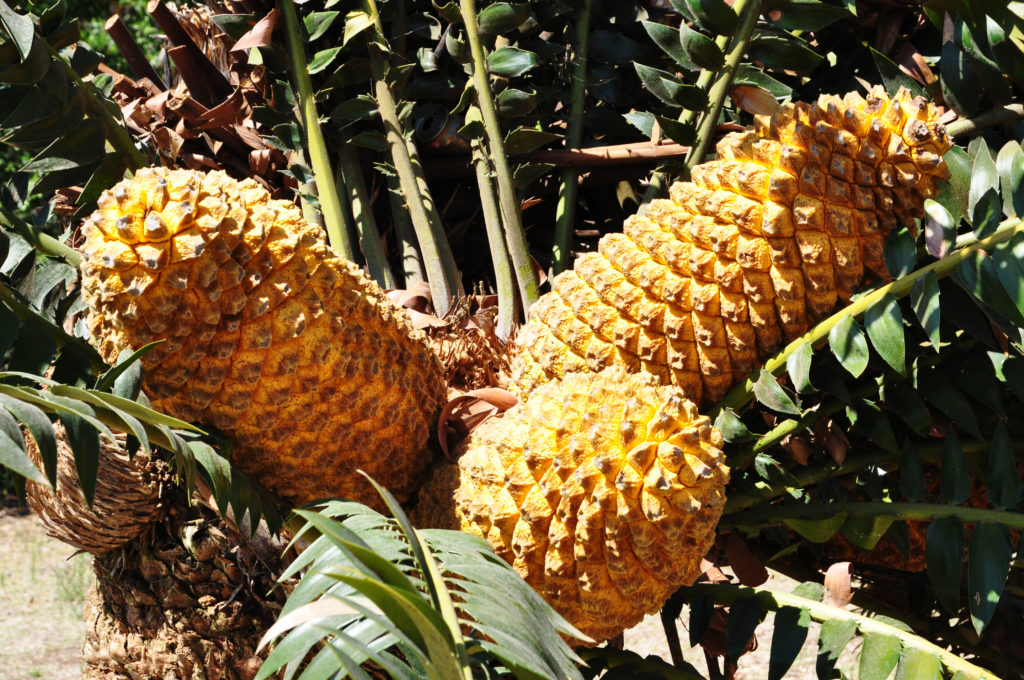
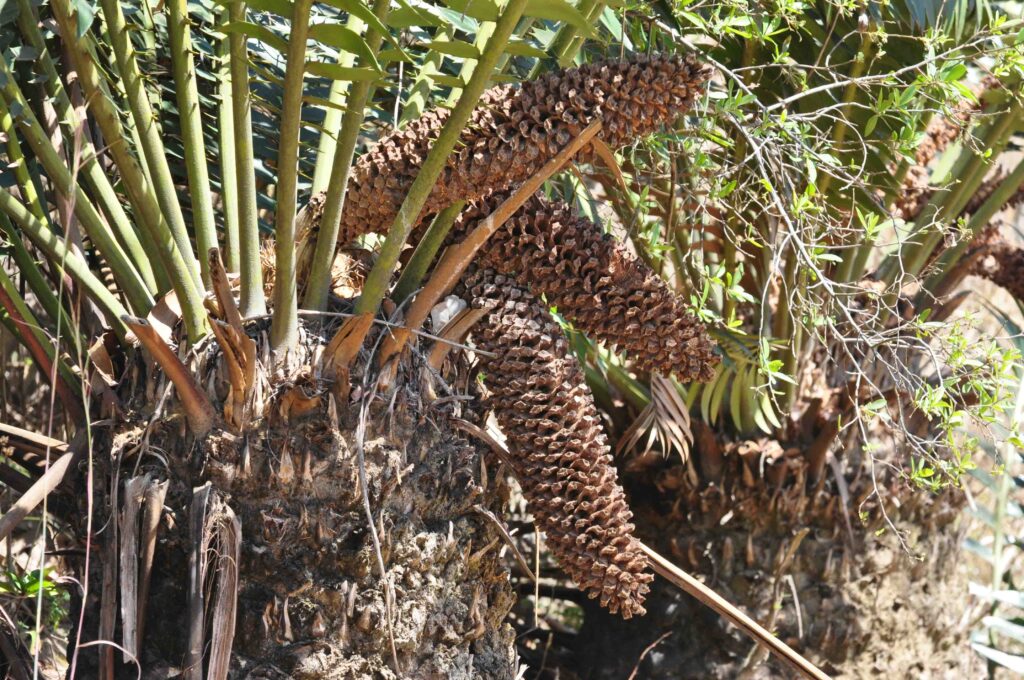
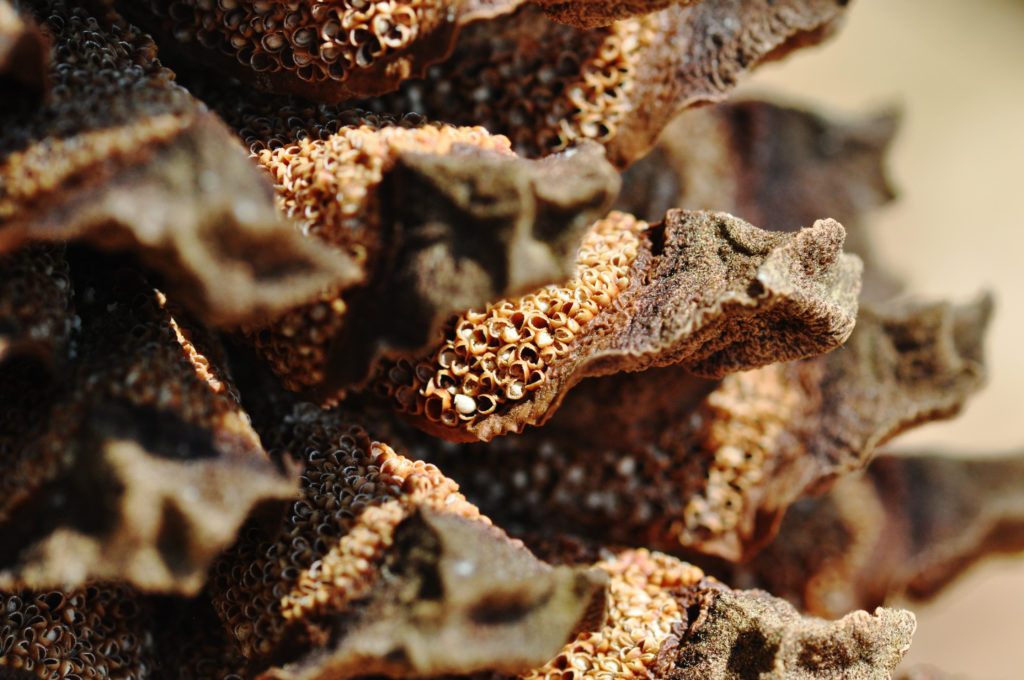
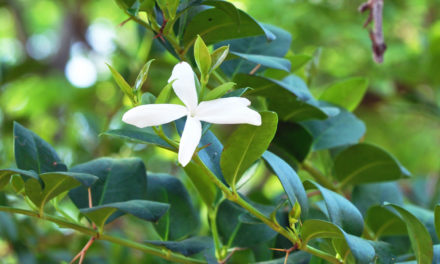
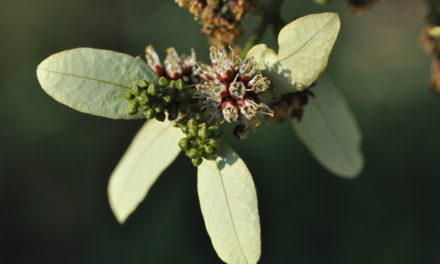
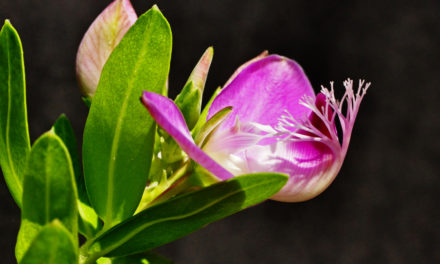

I find the tshitondolo tree at my village Mountain
Greetings from Johannesburg
Thank you for your observation. Where is your village?
Take care and stay safe.
David Becking.